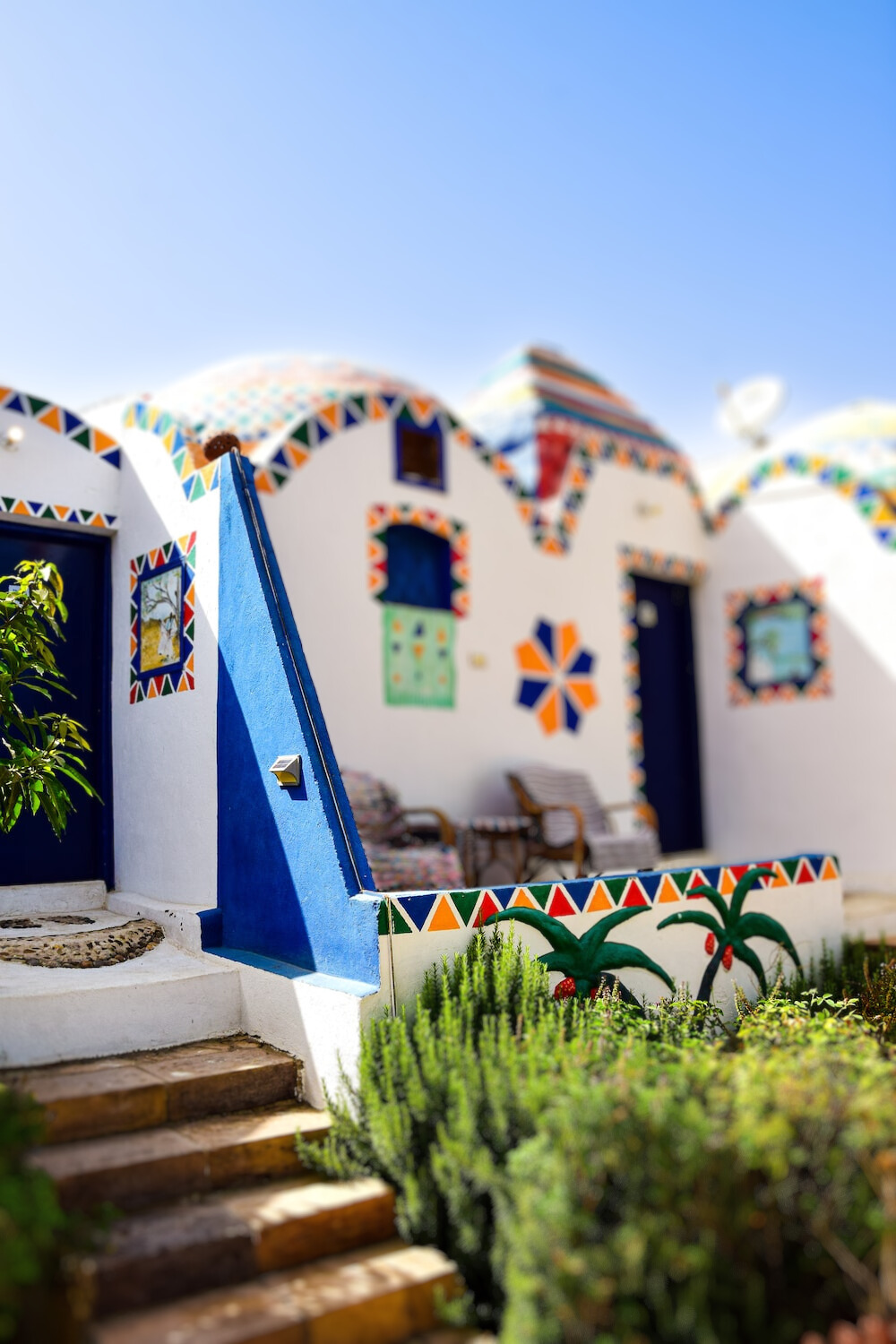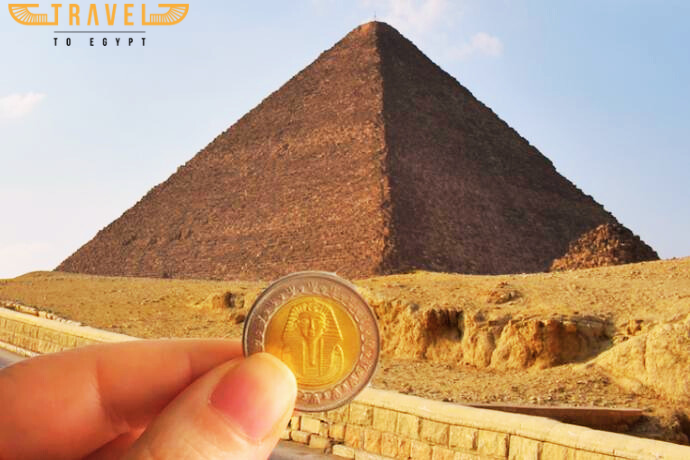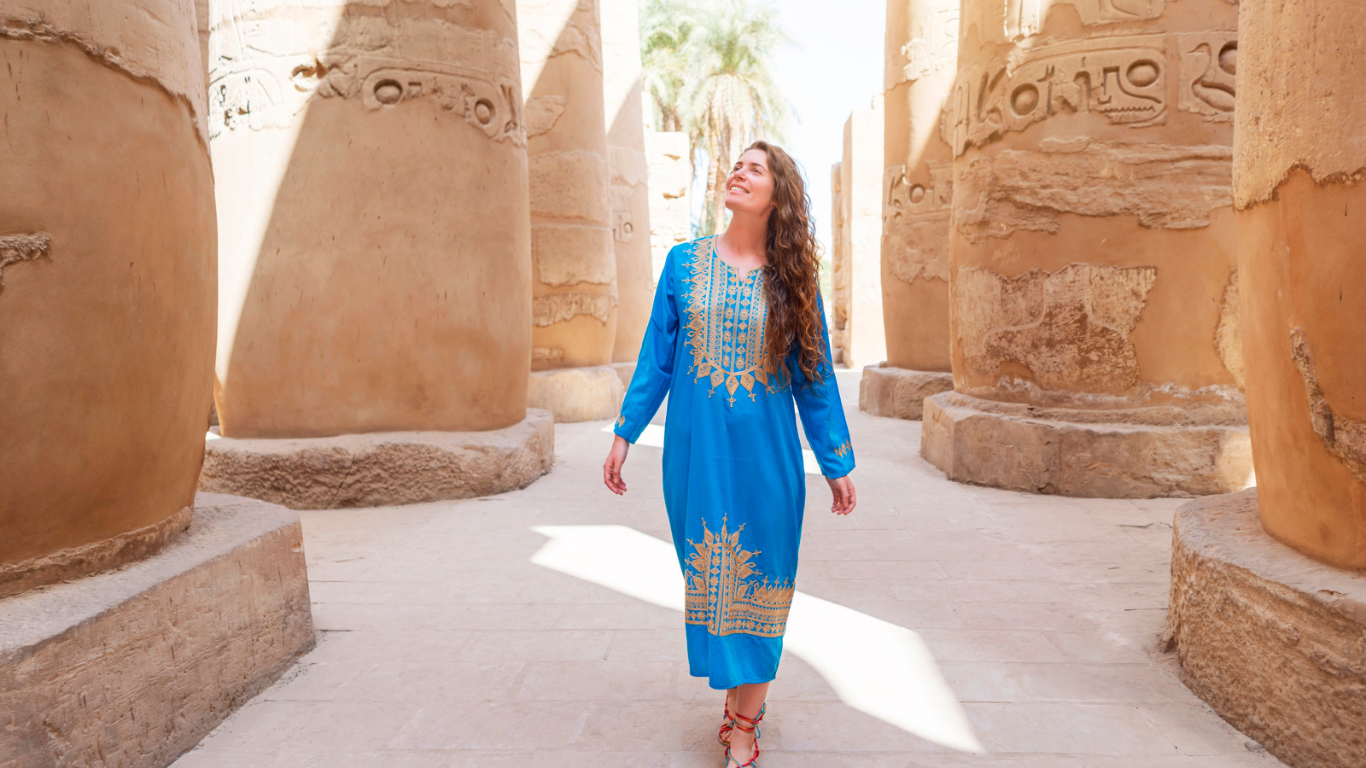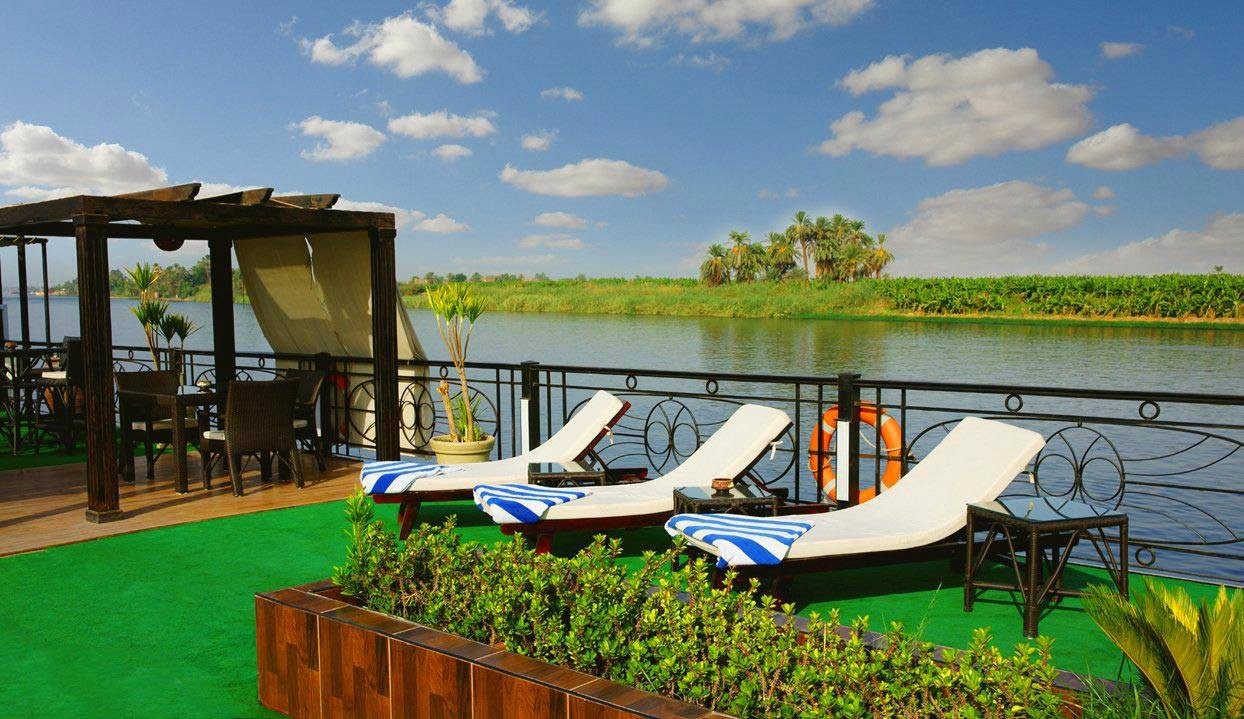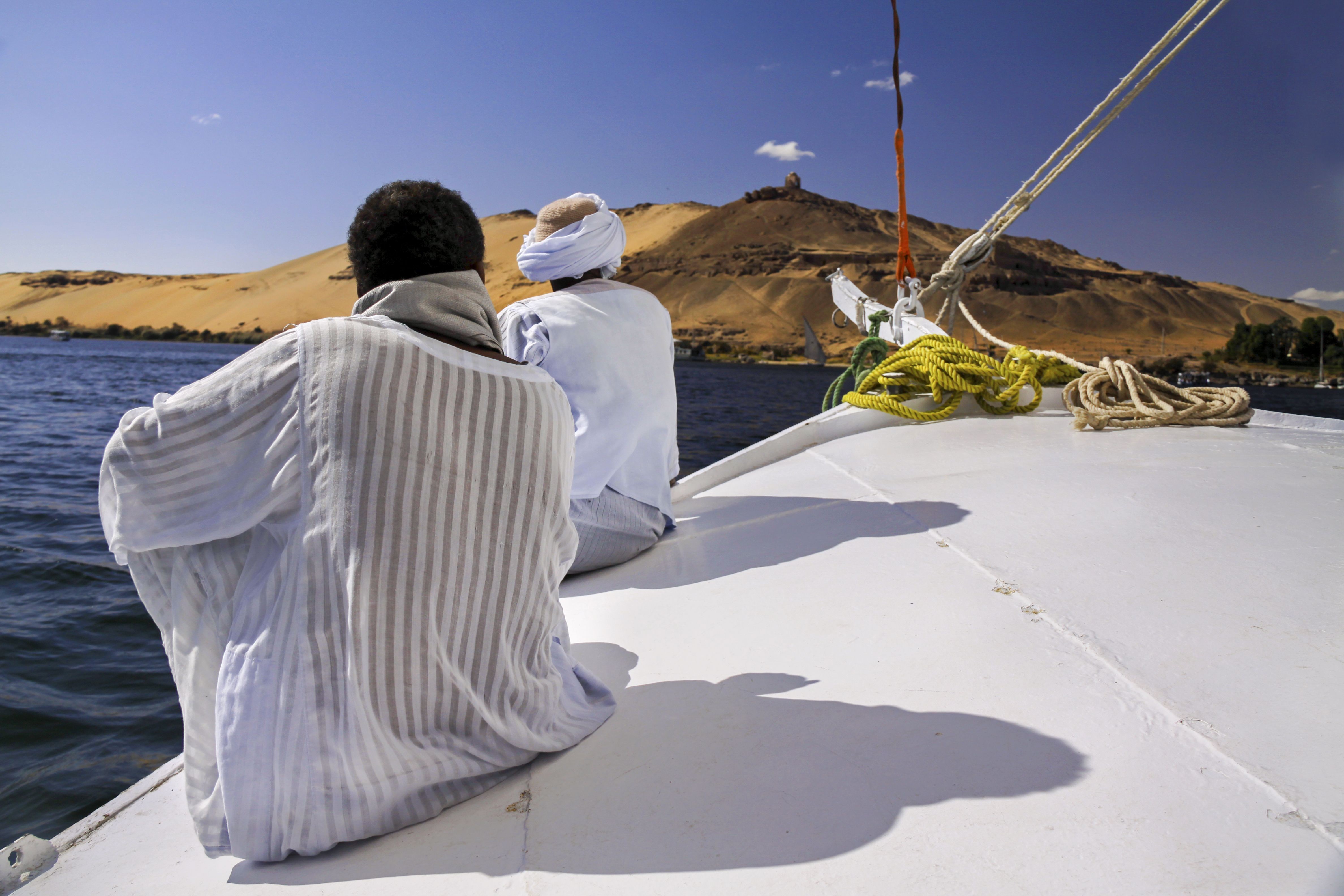- Shoroq Samir
Petra City| Petra City Attractions
Petra city is an archaeological historical city located south of the Jordan kingdom once known as the red rose city for its red colored mountain rocks, the city of Petra well known for its archaeological architectures carved into the mountain and was founded in 312 B.C. as a capital for the Nabataea kingdom thrived through ages as major regional trading hub. The lost city of Petra remained uncovered through the ottoman empire until the Swiss Johan Ludwig Burkhart discovered it in 1918, now Petra Is chosen by the UNISCO as world heritage site since 1985 and described as "the world most precious culture", in addition it became a new wonder of the seventh wonders of the world in 2007.
History of Petra City
The first indigenous settled in the hills around Petra between 1200-539 B.C. they were not much interested in architectural but they had good pottery skills passed to the Nabataea's after, the nabataeans are nomadic Arab tribes who were roaming the Arab island searching for water ,they settled in Petra after their migration at the end of the sixth century B.C.
The Nabataea kingdom
Petra was the capital of the Nabataea kingdom between 400-106 B.C. they controlled the land and built themselves urbanization colony extended from the dead sea coast to the desert of Syria where they carved their houses ,temples and streets into the mountains and beneath the rocks, Petra strategic position between the Arab island, Egypt and Syria gained the city economical prosperity and became a source of knowledge and culture equalizes to any Greek and Romanian city ,the Nabataeans produced stunning pottery works and great architectures which later were affected by the Greek roman architectural style.
The Greek roman era
the Romanian emperor Bombay conquered the Nabataea kingdom in 60 B.C. the roman blocked all water sources and surrounded the city until it became under the rule of the roman empire where it was called "Arabia Petrea ". the city continued to flourish during the roman era and once the Romans took over the city ,they managed the trade movement and activities which was the main income of the city, they gave the city a byzantine character with a spiritual image by designing the roman theatre and the pharaoh palace which located at the heart of the city .Petra remained a huge trade center for another two centuries ,but other compotator cities from the north tried to attract merchants so they started to leave the Petra ,the Roman soldiers who used to protect trading roads left as well leaving the city abandoned behind.
Middle ages
what remained of Petra natives and some Romans counted on farming as a source of living before the Islamic innovation in 636 h, until the earthquake in 746 and 748 which led to an evacuation, later, the crusaders led a military campaign against Petra and Musa valley where they built a couple of castles ,when the ottomans started to show up as dominating empire Petra was completely forgotten and lost.
Petra attractions
Almost 3,000 monuments and archaeologies were discovered in Petra most of them date back to the first century, travel to Egypt packages already provided you tours to Petra sightseeing, so make sure to check middle east tours category .
The siq
The siq is a narrow pass leads to the city of Petra, it is an geographical terrain formed by nature . the journey to Petra begins with a walk through this cliff or a horse ride if you'll get tired in the middle of the way, the siq length is 1200 meters and heights almost 80 meters with wonderful artistic paints and sculptures of the Nabataea's and Greek gods on both sides walls . You'll find 8 meter rock blocks called "three gods blocks" believed to be shrines for the gods who guarded Petra water supply, but the Bedouin Arab called them" jinn blocks " based on the belief they were built by desert spirits .
The treasury
The first major monument that visitors encounter in Petra is the treasury which was built in the first century B.C. its function not actually defined as a treasury but some archaeologists says that it meant to be a temple or a royal tomb; however, nothing is certain yet. The treasury is the most stunning remains of the ancient world carved out from solid rock and stands for 40 meters high. Bedouin Arab believed that pirates stole pharaonic treasures from Egypt and used to hide them in this royal temple, now we can guess the name of "the treasury " did come from, this holy place was filled with religious figures of Nabataea's and Greek gods sculptures on the facade, inside you'll find huge doorway has an outer court leads to a chamber which no longer can be entered but you can still see it from outside.
The monastery
The monastery is an Nabataean temple beautifully carved into mountains similar to the image of the treasury but less decorated, Arabs called it (al-dier) which is inaccurate name probably because later was used as a church or even hermitage, nothing is fairly certain , the structure may was dedicated for the Nabataean king Obodas the first who ruled in the first century B.C.
The byzantine church
The byzantine church was built on the remains of the Nabataeans and Romans in 450 AD, the church was discovered by Kenneth W. Russell in 1990, in 1992 the American Center of Oriental Research(ACOR) excavated the site and by 1993 the largest ancient materials of papyrus scrolls ever founded in Jordan were discovered, among the documents, the content of these scrolls is dividing property of courtyards and slaves between three byzantine brothers who ruled Petra back time Justinian, Justin II and Tiberius II.
The pharaoh's daughter palace
It is a Nabataean palace was built instead of being carved into rocks as usual, it dates back to the first century, one of the few survivor structures from the earthquake, dedicated to the roman emperor once he invaded Petra .moreover, like other monuments of the city, natives do not really give accurate nicknames which reflects reality, the palace name of "pharaoh" doesn’t indicate any fact about being built by pharaohs or for them at all.
The theater of Petra
The theater of Petra is not a roman theater as believed, it was built on a slope of wadi Musa by Nabataean king Aretas the fifth, the Nabataean architects created the theater in the image of roman theaters with an auditoriums which reflects how both cultures were engaged and affected by each other
